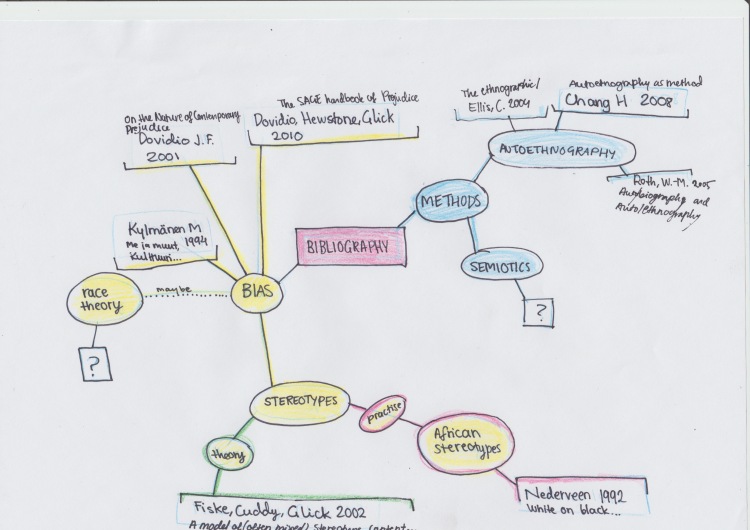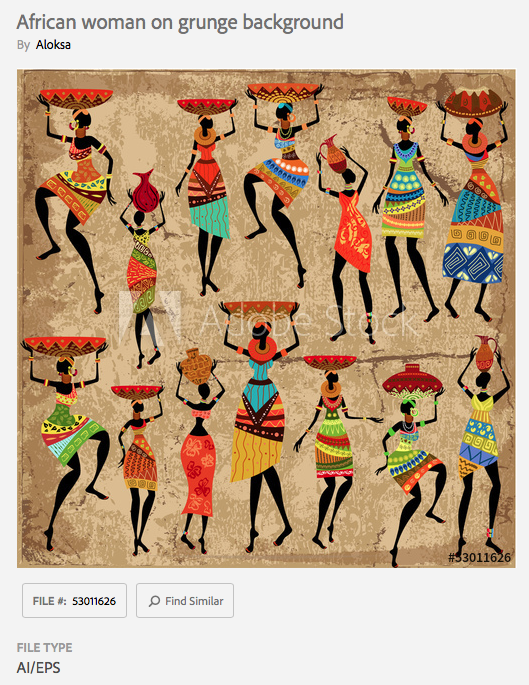I wanted to portray a powerful character, someone who is really confident and uses the rhetoric of power.
I googled powerful man and got… Putin!

Screen capture of Google search of “powerful man”. This image was not attributed but I think it’s by Richard Avedon.
I really liked the image so I stole it.

Black Putin
I added a globe to his hand, which I also stole from another photo of Putin.
I added an adinkra symbol of leadership to the design. Adinkra symbols are used by the Ashanti of Ghana. Not very intercontinental thing I guess but I think if I want to do something convincing I’d better focus on one culture instead of trying to make some short of generalisation. It’s a huge continent after all.

It did not look quite African enough so I tried adding colour to it. That is actually a preconceived conception right there, that what makes something African is a ton of bright colours.
I started with a red background but that was a mistake. My dude started to look like a nazi leader. Plus red has bad connotations in Ghana as it is associated with funerals and witch craft.
I changed the colour scheme and went for golden kente pattern. Kente is a valued textile in Ghana, commonly worn by the local leaders known as chiefs or kings. Each kente cloth design carries is a meaning. There are designs that are to be used only by kings.Unfortunately I don’t know enough about kente so I might be stepping on a risky area here. Definitely if I am to use kente motif I will have to make some enquiries.

Screen capture of google search of royal kente.
My sketch is ready. It looks like a macho man in a suite. Like a Hollywood version of an African dictator. Not very positive vibes.
I do like the fact that here is an image of a powerful African and not one that is meek and mild or down right begging for mercy. I like the fact that my character has attitude and a story behind him. However, the images seems to be full of clichés. I mean golden globe, Rolex and a throne, please… The image also promotes the stereotype of an arrogant black macho man who is only interested in wealth and showing of.












